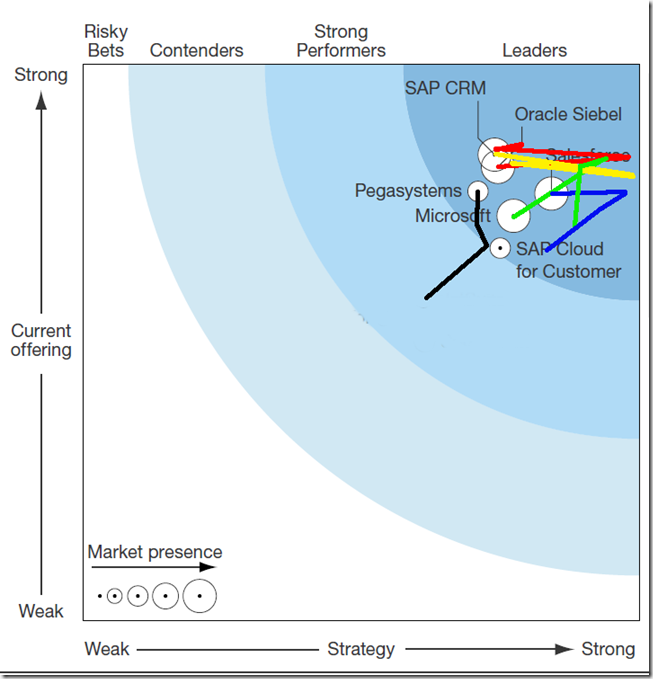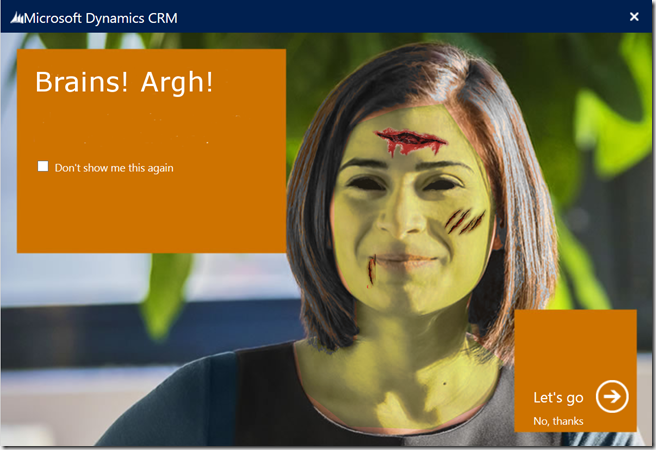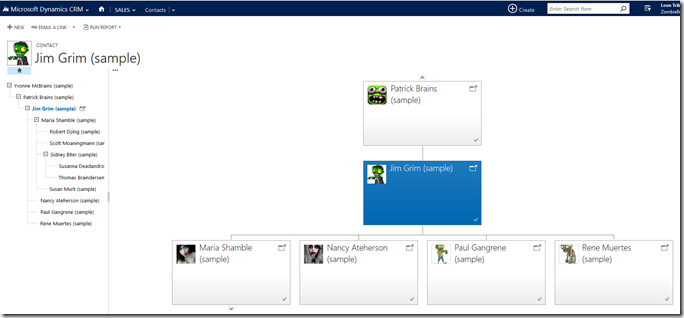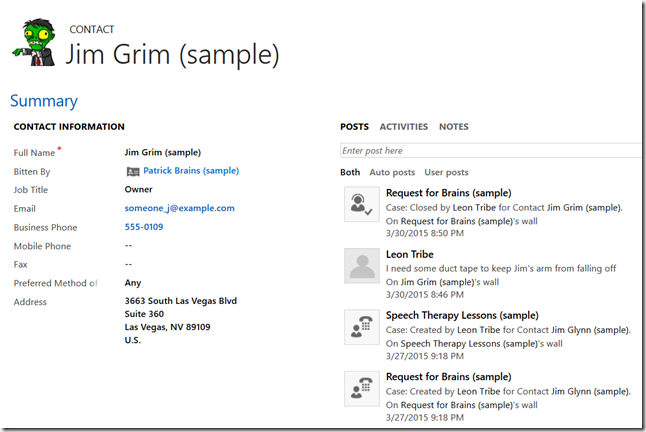I just passed MB5-705: Managing Microsoft Dynamics Implementations. Lots of lessons learned so I thought I would write them down while they are still fresh.
Know the Ground You Are Fighting On
Firstly, understand what is ahead of you. In this case, the exam is 90 minutes long and has 45 questions. You need to score 700 to pass which, I assume, is equivalent to a 70% pass rate but this this not completely clear on the Microsoft site. If this is right though, it means you can get up to around eight questions wrong.
In the exam, you can mark questions for review. What I tend to do is answer the questions and, if I am not sure the answer is right, mark them as for review. Then, at the end, I go over these until I get under the eight question threshold then I cross my fingers and hit the finish button.
In terms of the topics covered, the details can be found here. Here are the high-level topics (the link goes down to a summary of the areas covered under each of these headings):
- Explain projects and project management
- Define Microsoft Dynamics Sure Step
- Initiate a project and prepare for the diagnostic phase
- Deliver Decision Accelerators
- Generate a proposal and final licensing and services agreements
- Describe project management disciplines
- Use waterfall delivery
- Use agile delivery
- Manage the deployment and operations phases
In this exam, all topics are weighted equally.
Gather Intelligence From Allies
There is a blog out there which, if you heed its advice, will be really, really, useful. Kevin Crampton aka @kevtravel put out this blog post which is an excellent summary of resources and even includes his notes. The reason I only just passed the exam is because I did not give this blog the consideration it deserved. Learn from my mistake and do what Kevin tells you.
Gather Intelligence From Double Agents
Let us broach the dirty subject of ‘Brain Dumps’. It is a poorly kept secret that there are operators out there who, for a fee, will sell what they claim are ‘questions closely resembling the Microsoft exam questions’. Microsoft have made their position on brain dumps crystal clear. On their Exam Policies and FAQ page they state:
“If a candidate violates any testing rule, exam policy, or term within the exam agreement (NDA), or engages in any misconduct that diminishes the security and integrity of the Microsoft Certification Program in any way, the candidate may be permanently prohibited from taking any future Microsoft Certification exams. In addition, the candidate may be decertified from the Microsoft Certification Program, and test scores and certifications may be revoked.
Examples of such misconduct, misuse, and fraud include, but are not limited to, the following:
…
Using unauthorized material in attempting to satisfy certification requirements (this includes using "brain-dump" material and/or unauthorized publication of exam questions with or without answers)
…”
Using brain dumps is a bad idea for a number of reasons:
- Microsoft can revoke your certification and ban you if you use them (as per above)
- While I have no evidence for this, I hear that Microsoft periodically reword questions to trip up the brain dumpers
- My understanding is the answers are randomized in their order in the exam so ‘A’ will not always be the answer
While I see value in the brain dumps as a test exam to identify areas which need study, to use them is a violation so do so at your own risk.
Gather Intelligence From Previous Battles
The pre-cursor to this exam was MB5-858. This is an exam I studied for in the dark past and still had my study notes for. This was useful to refresh my memory but it is fair to say, on its own, this information was insufficient to pass the exam.
Gather Your Weaponry
Kevin provides an excellent summary of tools to use to help pass the exam. There were two key resources which proved invaluable to me. The first one was the SureStep Client (make sure it is the 2012 version). While a lot of material in the SureStep 2010 client is the same as the 2012 client, the exam tests the 2012 client so it makes sense to be up to date.
The second was the client materials for the 80450 course. This material closely follows the topics in the exam and is very useful for revision.
For both of these you will need Internet Explorer (they use the File Manager tool to down load them) and a partner account on PartnerSource.
Once More Unto the Breach
If this is an exam you are studying for, I wish you the best of luck. If you prepare and follow my advice (and Kevin’s) you should be fine. Even if you do trip up, Microsoft are offering second chance exams at the moment (well, in Australia anyway) which takes the pressure off a little.




